
Fae Farm is going to be your next major cosy sim obsession, following in the footsteps of Stardew Valley and Animal Crossing: New Horizons. There’s so much to love about the enchanting world of Azoria, particularly the mysteries it beholds. While the game contains everything you’d hope to find in a farming sim, it would be a vast oversimplification to say that’s all that Fae Farm is. It offers an intriguing story that’ll take you between the human and fae realms.
With its well-realised explorable world, wide array of crafting mechanics, and implementation of clever time-saving measures, Fae Farm cuts down on the grinding often required in games of this genre. You should still expect to do your fair share of repetitive tasks though, with backtracking to crafting ingredient hotspots perhaps being the game’s biggest drawback.
Take a look at the delightful Fae Farm in action below.
In Fae Farm, you’ll find yourself washed ashore in Azoria following a storm. For some time, whirlpools have cut off Azoria from the rest of the world. Excited to finally welcome a newcomer in, the town’s mayor will give you your own home and farmstead and before long, you’re free to make friends, explore, farm, and look after any new animal companions. Fellow residents of Azoria will require your help, including getting to the bottom of those mysterious whirlpools.
Advert
It’s a journey that’ll end up taking you through a once-locked magical gateway and into another world. Crossing over between the human and fae world, you’re soon catapulted into a much larger mystery, addressing how the two realms came to be separated from one another after once living in harmony.
I’ll admit, I was surprised by just how much story content Fae Farm packs in. In fact, for the vast majority of my playthrough, my farm was in total disarray. The best I managed was a path flanked by stone fencing and colour coordinated flower beds, alongside two rows of planting dedicated to my edible produce. Otherwise, it was a series of crafting stations scattered about in an unruly manner. It’s very unlike me. Later on, I did begin work on the picturesque farmstead I had originally hoped to create (it’s coming along nicely, thanks for asking), but my messiness is testament to the fact that I was so pulled along by the story.
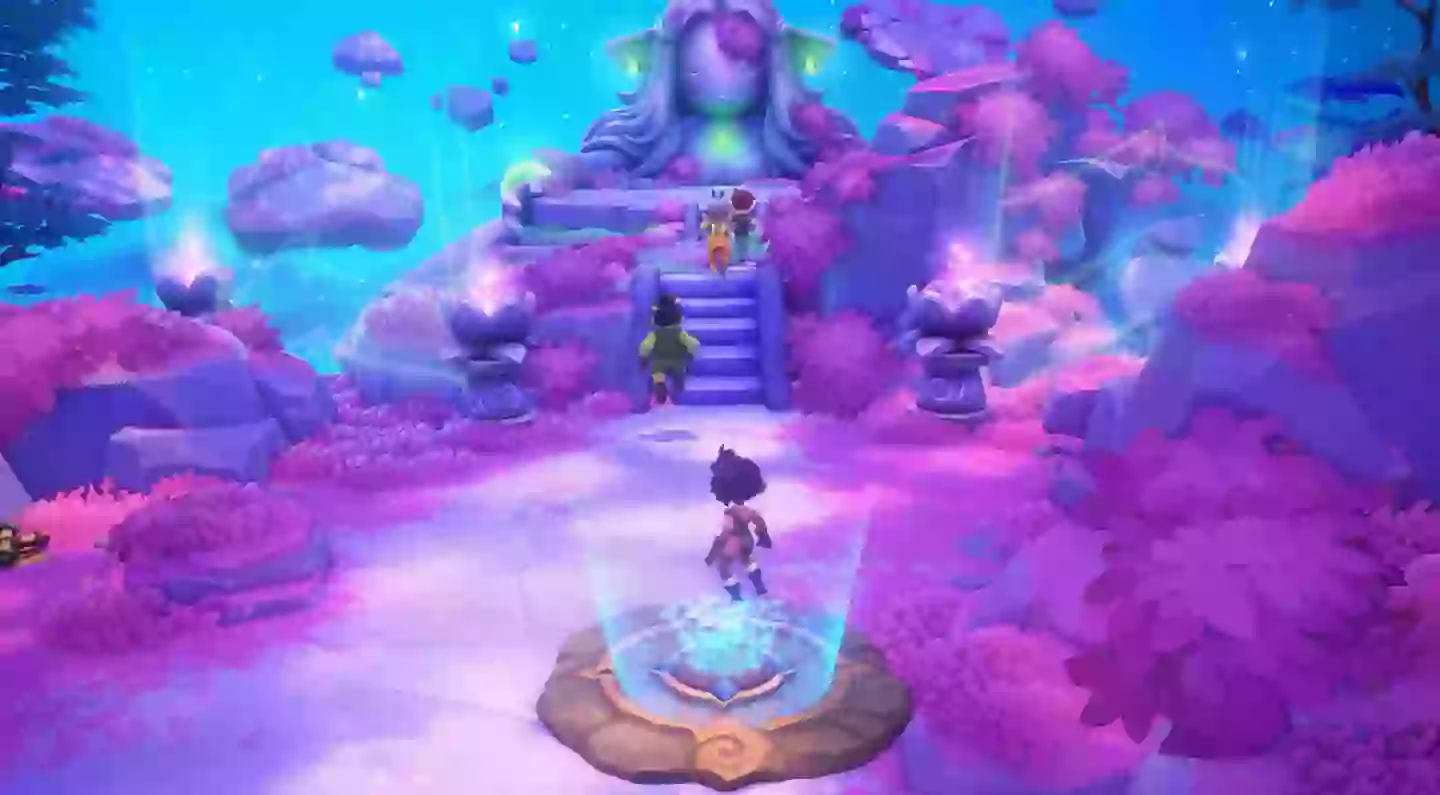
Developers at Phoenix Labs have implemented a number of clever mechanisms to help crafting feel less grindy, which is important because oh boy, there is a lot of crafting. Then again, that’s to be expected. You don’t have to switch between the key farming tools. If you approach a harvestable item, the game will know which tool you need between your scythe, shovel, axe, and pickaxe. Press A and you’ll seamlessly begin harvesting in the relevant manner. Cutting out the need to open any kind of tool wheel was very much welcomed. You do have to switch to your fishing line, bug catching net, and fae wand, but you’re likely not going to need those quite as much so it never felt like an issue.
Advert
Many of the mechanics work as you’d expect. You’re able to purchase and plant various seeds (decorative and edible), and acquire animals. All of your produce can be sold on, and you can use that income to expand your farming empire. Your home will have a produce stand included. Simply place the items you want to sell here and they’ll be gone the next day.
Alternatively, you can visit the town’s market, or you can accept shipping contracts where you’ll have a certain amount of time to acquire so many of a particular item. Do so, ship it off, and you’ll be rewarded with a handsome sum. I did appreciate the fast-paced nature of the game’s economic system. Within one sleep, your items will be sold so there’s very little waiting around for funds. To trigger the next in-game day, you simply go to your bed and select sleep. It’s not tied to real-life days, as you’ll find in games like ACNH, which ensures that progression never feels lumbered.
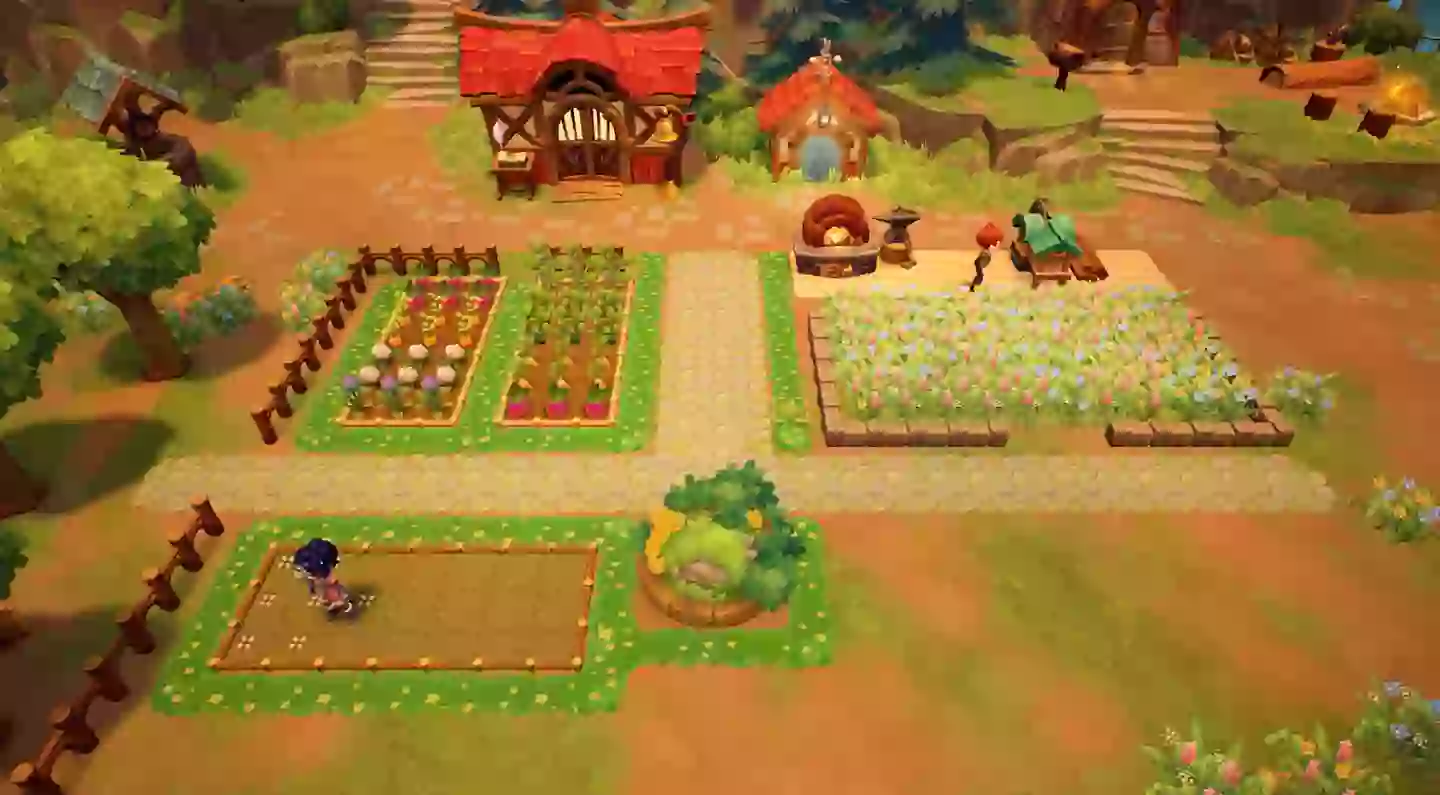
Of course, you’ll want to pay close attention to the inside of your home too - particularly as how you choose to decorate it is important. Each item has a certain ‘cosiness’ level and you’ll want to boost the overall level of your home to increase your character’s health and energy levels. It’s tricky to do early in the game seeing as you won’t have the vast majority of the crafting ingredients required but it’s okay. It’s mainly your energy level you’re going to want to keep an eye on and that’s easy to replenish.
Advert
Everytime you harvest an item, your energy will deplete. To refuel, you can gather or craft edible items. The more complex the recipe or the rarer the item, the more energy you’ll regain. Here’s another handy time saving measure: if you’re low on energy, Fae Farm will automatically prompt you to consume any relevant edible items in your backpack to speed things up. It’s little touches like this that really improved the seamlessness of the gameplay experience.
If you’re wondering, ‘Why would I have health in a farming sim?’ Fae Farm actually includes combat too, albeit in a limited manner. Most of the resources you require will be found in dungeons. Each dungeon has around 25 levels and you’ll need to mine so many items before the door unlocks to reveal the next floor. Some of those levels contain enemies, which are essentially enchanted objects that come to life. It’s not hard to beat them. A couple of simple thwacks with your fae wand will do.
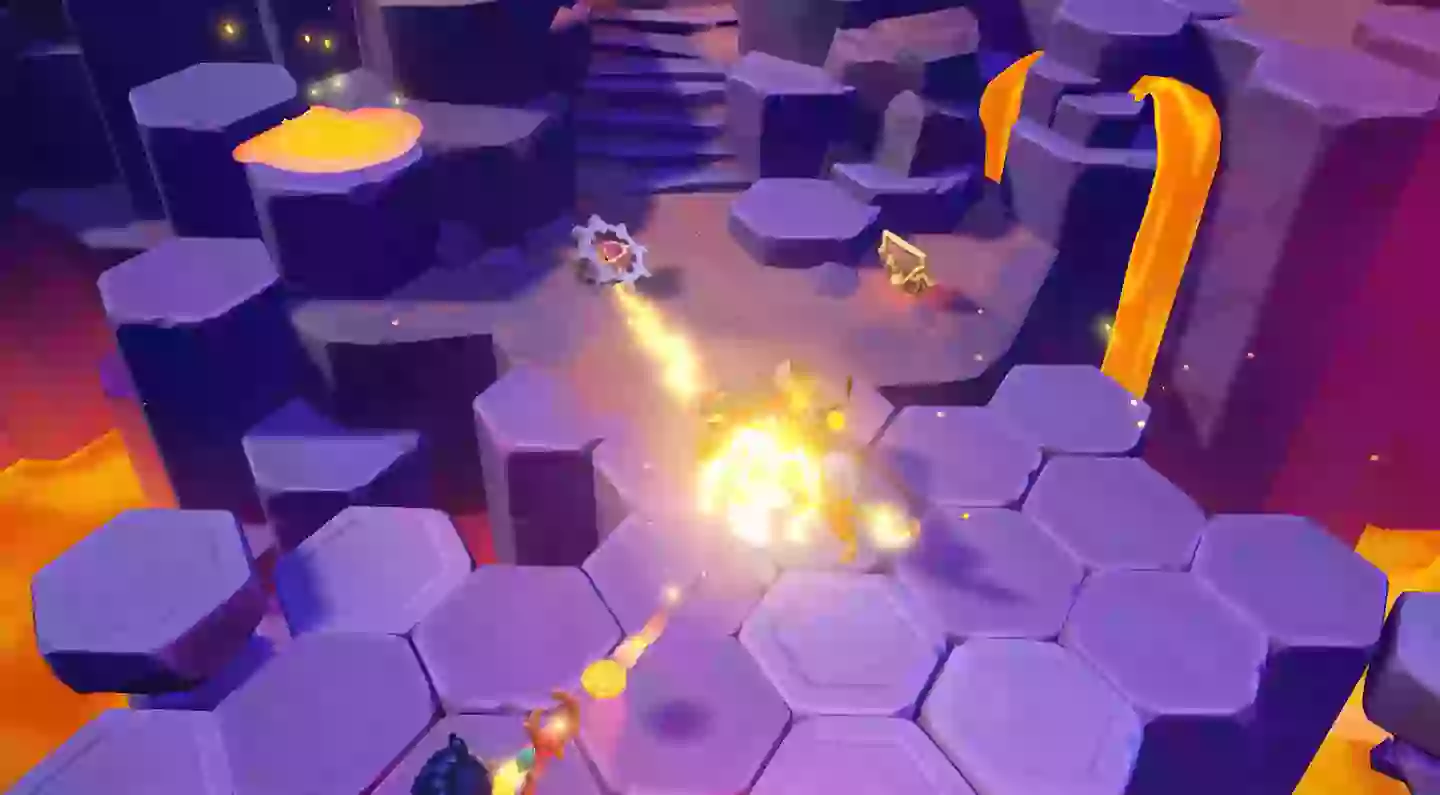
I was somewhat torn when it came to the game’s combat. At first, I enjoyed the introduction of combat even if it was in such a basic primitive form. By the time I made my umpteenth visit to the Saltwater Mines though, the repetitive nature of the basic enemy encounters felt somewhat tiresome - and that only grew with each repeat visit.
Advert
The dungeons are perhaps where you’re most likely to feel the effects of grinding. As I mentioned, dungeons will have 25 levels. Each time you enter a dungeon, you have to begin from level one, unless you’ve placed a ‘seal’ on that dungeon level. To create a seal, you’re going to need to gather ore and gem stones from within that dungeon, take them back to your seal crafting station, and then return to place the seal. Level two’s seal can only be placed once level one’s seal is complete, and the sequence continues. Eventually, you’ll end up with 25 levels that you can easily access by fast travelling between seals.
There are three dungeons though, each with 25 levels, so that’s a whopping 75 seals in total - and gathering enough materials to make even a single seal is no easy task when keeping an eye on your backpack space and energy levels. You’ve got to pace yourself.
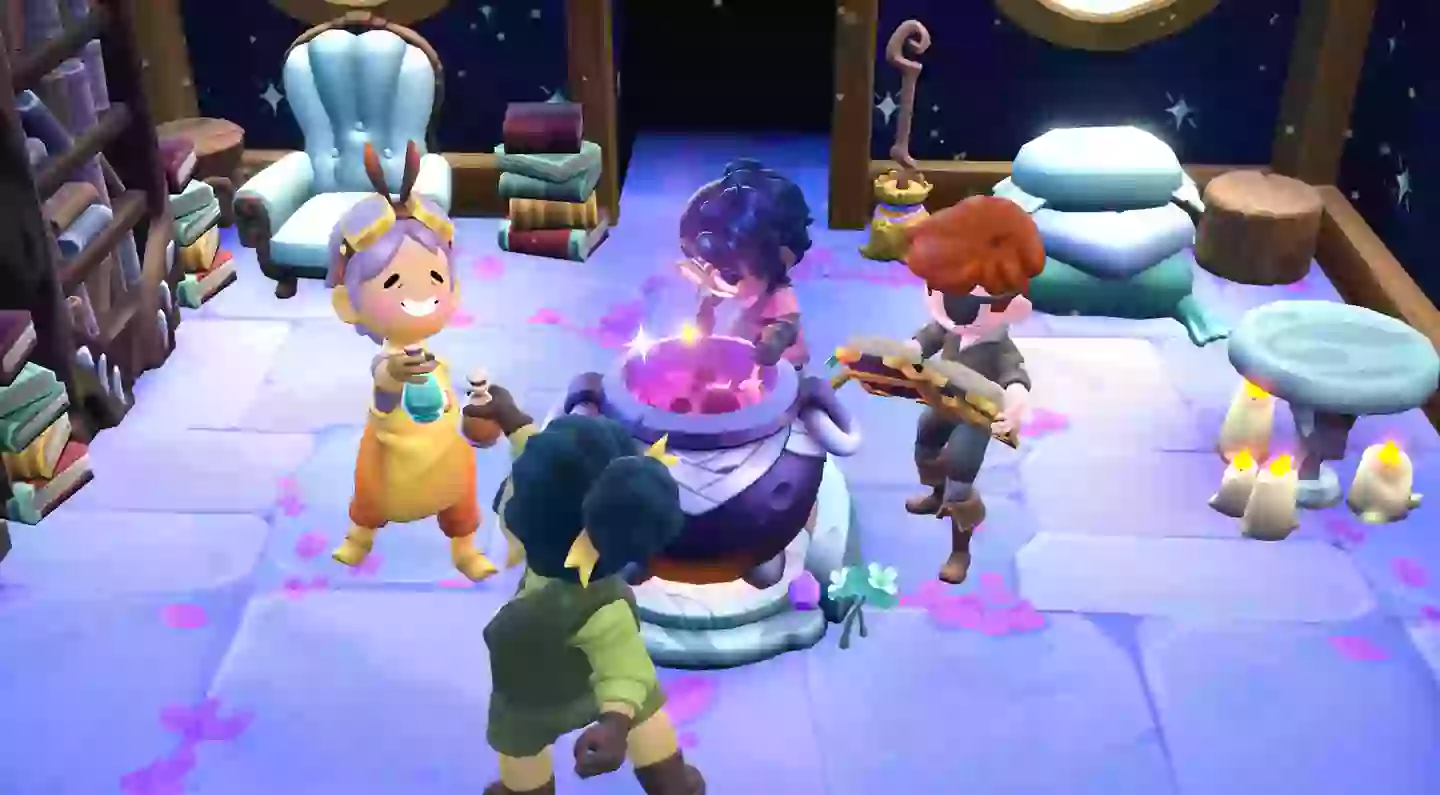
The thing is, as I mentioned earlier, it’s so easy to get swept up in Fae Farm’s main story, seeing as those missions are made the most abundantly clear to you. What I’d advise though is to take the time to explore, talk to Azoria’s residents, and study your Almanac (a comprehensive guide of all in-game items). If I’d taken the time to upgrade my tools sooner in the story, it wouldn't have taken me so long to make my way through the dungeons.
Advert
Likewise, later in the story, I required quite a significant number of potions and edible items in order to complete a task. Again, had I established my farm, I’d have a bounty of items to collect and wouldn’t have been grinding to try and gather them all at the last minute. Fae Farm may lead you through the main story, one mission after another, but to get the best experience, you really should, as they stay, stop and smell the flowers. Explore, experiment … it’ll pay off in the long run.
I will add that Fae Farm is a game that both nails and fails at navigation. While I’ve touched on just how often you’ll return to the dungeons, you’ll also make your way across Azoria countless times too. You can pretty much jump and swim anywhere (and the size of your jumps will increase as you gain fae powers), so there’s vastly more freedom than you see in most cosy sims. The map is also very easy to follow, with the option of tracking particular locations or characters.
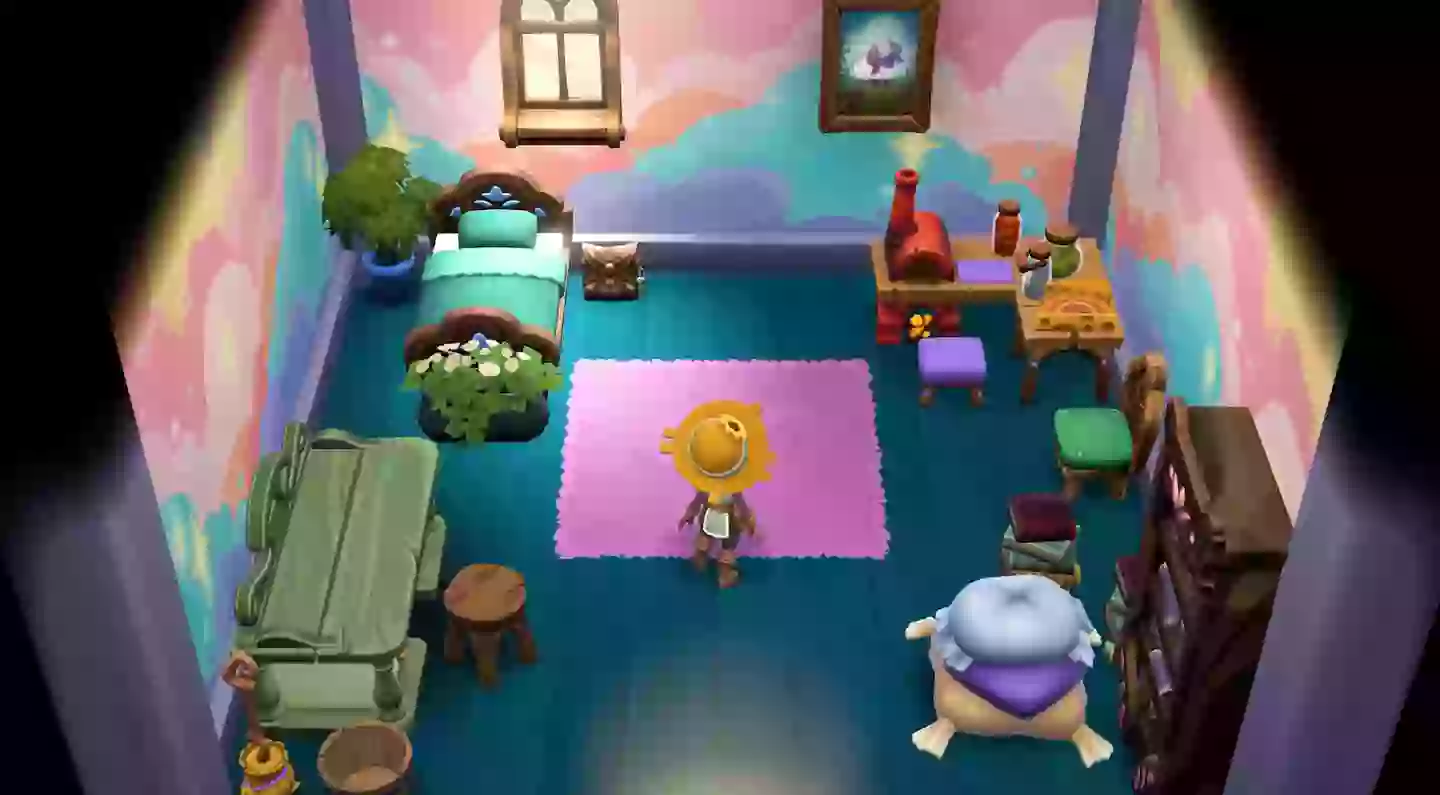
On the other hand, fast travel points are somewhat redundant for a large chunk of the game. You’ll need to create seals, just like those used as fast travel points in dungeons, but it’s some time through the story’s development before you can access some of the materials required to make them. So, while you will unlock fast travel points eventually, I’d prepare to do a lot of walking, swimming, jumping, and floating before then.
Fae Farm is incredibly inclusive, offering a very comprehensive character creator full of aesthetic options that reflect a variety of backgrounds and cultures. It’s a game that I can see a very bright future for - one that is full of undeniable longevity and promise. In fact, I’m already curious to see what adventure my character might be taken on next. Despite having already sunk many hours into Fae Farm, I know with certainty that I’m not going to stop improving my new little home anytime soon. Fae Farm is the gaming equivalent of cosying up with a blanket and a warm cup of tea - albeit a cup of tea that, on occasion, may leave a mildly unpleasant taste. There are improvements to be made but it’s a game that’s comforting, entertaining, and oh so very easy to get lost in.
Pros: enjoyable main story, lovely world to explore, wide array of crafting/farming projects
Cons: combat feels underdeveloped, backtracking, fast travel points feel limited
For fans of: Animal Crossing: New Horizons, Stardew Valley
8/10: Excellent
Fae Farm is due to be released on Nintendo Switch (version tested), Steam, and Epic Games Store on 8 September. A review code was provided by the Phoenix Labs. Read a guide to our review scores here.
Topics: Nintendo, Nintendo Switch, PC